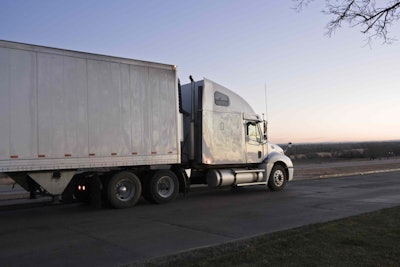
The debate on whether to allow (or permit states to allow) heavier semis on our roads is wandering around in Congress. (I would say “eighteen wheelers” but some of them would be “twenty-two wheelers” thanks to an extra axle and that just doesn’t sound right.)
The arguments are out there and not hard to find. But I blogged a short while back about heavier trucks in Idaho, basically making the same point: I do not see anywhere near enough coverage or debate on the building, repairing and maintaining of the roads these mega-trucks would roll over.
Freight policy is something that will be heatedly discussed as we bear down on the reauthorization due next fall. We’ll hear many of the arguments laid out here in support of the bigger trucks by the National Taxpayers Union.
My concern remains the same and it’s simple: if road builders and agencies in charge of roads don’t make sure that the people who write the surface transportation legislation to replace MAP-21 are well aware of and take adequate time and effort to understand and accommodate our needs when it comes to roads carrying more weight, the small print could, unintentionally but just as effectively, make life a lot harder in the road business.
I mean the people with the keyboards not the members of Congress. The state of roads might not be front and center of any wording about bigger and/or heavier trucks, but it must be there if the big trucks get to roll over our roads.
Watch the video that inspired the title below:
[youtube 6ElCpHuiWkA nolink]









